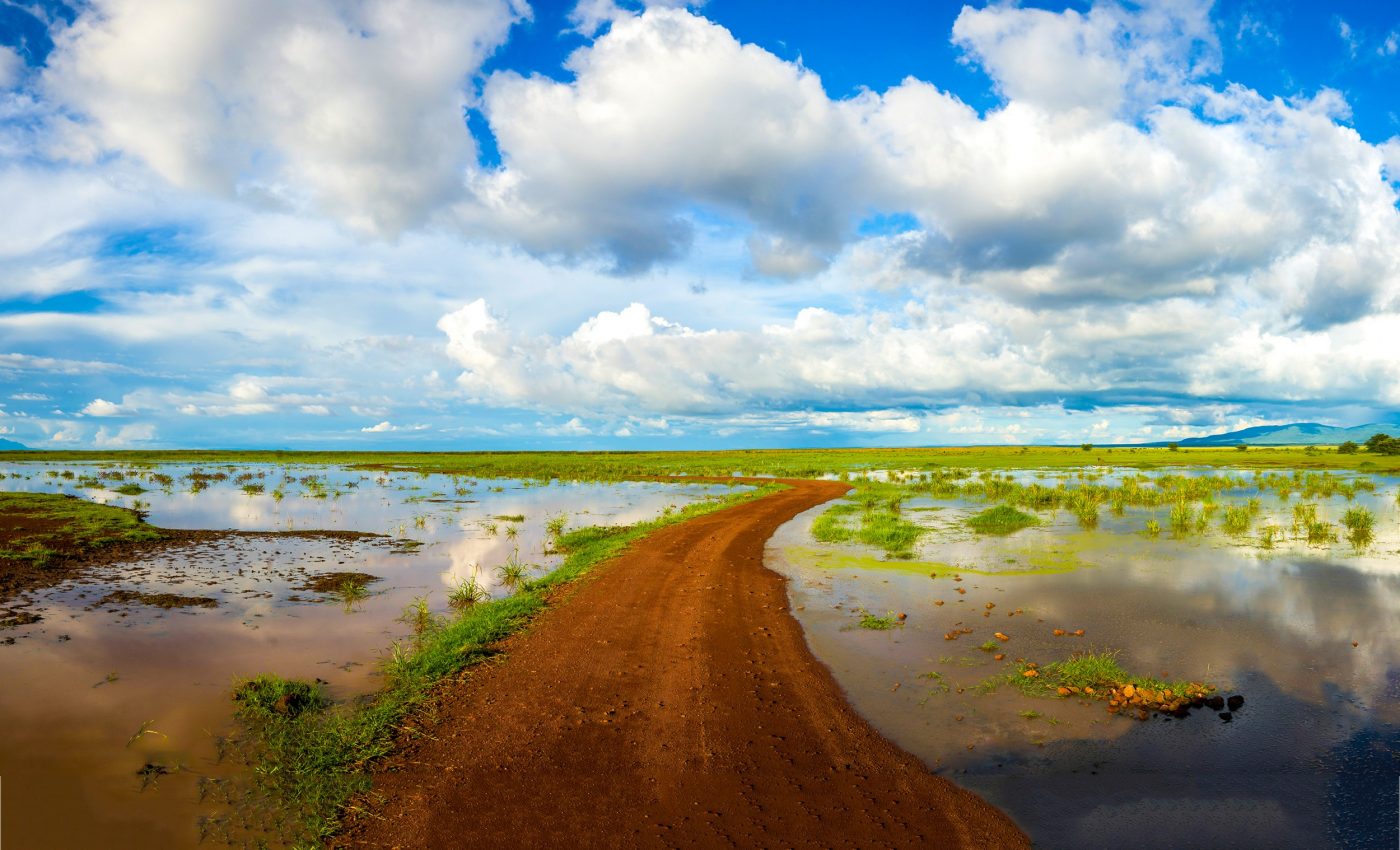
100-year floods could occur every year by the end of this century
Extreme weather events that have been referred to as “once in a lifetime floods” will become common over the next few decades, according to a study from the Stevens Institute of Technology.
In particular, the researchers found that by the end of this century, 100-year and 500-year floods will be regular threats to thousands of homes surrounding Jamaica Bay, New York. Hurricane Sandy devastated communities in this region with flood kennels that had not been experienced for generations.
The study findings will help policymakers and the coastal municipality of Jamaica Bay make decisions on managing flood risk with flood mitigation infrastructure or other strategies. The research also provides insight into how coastal flooding will increase in the areas beyond New York due to the impacts of climate change.
Study lead author Reza Marsooli is an assistant professor of Civil, Environmental and Ocean Engineering at Stevens.
“While this study was specific to Jamaica Bay, it shows how drastic and costly of an impact that climate change will make,” said Professor Marsooli. “The framework we used for this study can be replicated to demonstrate how flooding in other regions will look by the end of the century to help them mitigate risk and best protect communities and assets in impacted areas.”
Based on the, Marsooli and his
In collaboration with study co-author Ning Lin of Princeton University, Professor Marsooli conducted high resolution simulations based on the anticipated greenhouse gas concentration by the end of the 21st century. They explored various scenarios to estimate the probability of different flood levels being reached. The team accounted for both sea level rise and hurricanes to investigate the future impacts on Jamaica Bay from storm surge and wave hazards.
The study revealed that the historical 100-year flood level would occur every nine years by 2030 to 2050, and would occur annually by 2080 to 2100. In addition, the 500-year flood levels reached by Superstorm Sandy will take place once every four years by the end of the century.
To make matters even worse, sea-level rise will result in larger waves that produce more flood hazards such as erosion and damage to coastal infrastructure.
“Future projections of the hurricane climatology suggest that climate change would lead to storms that move more slowly and are more intense than we have ever seen before hitting Jamaica Bay,” said Professor Marsooli. “But the increase in these once-in-a-generation or even less frequent floods is so dramatic because the impact of sea-level rise will create greater flooding, even if the storms we were seeing today stayed the same.”
The study is published in the journal Climate Change.
–—
By Chrissy Sexton, Earth.com Staff Writer













